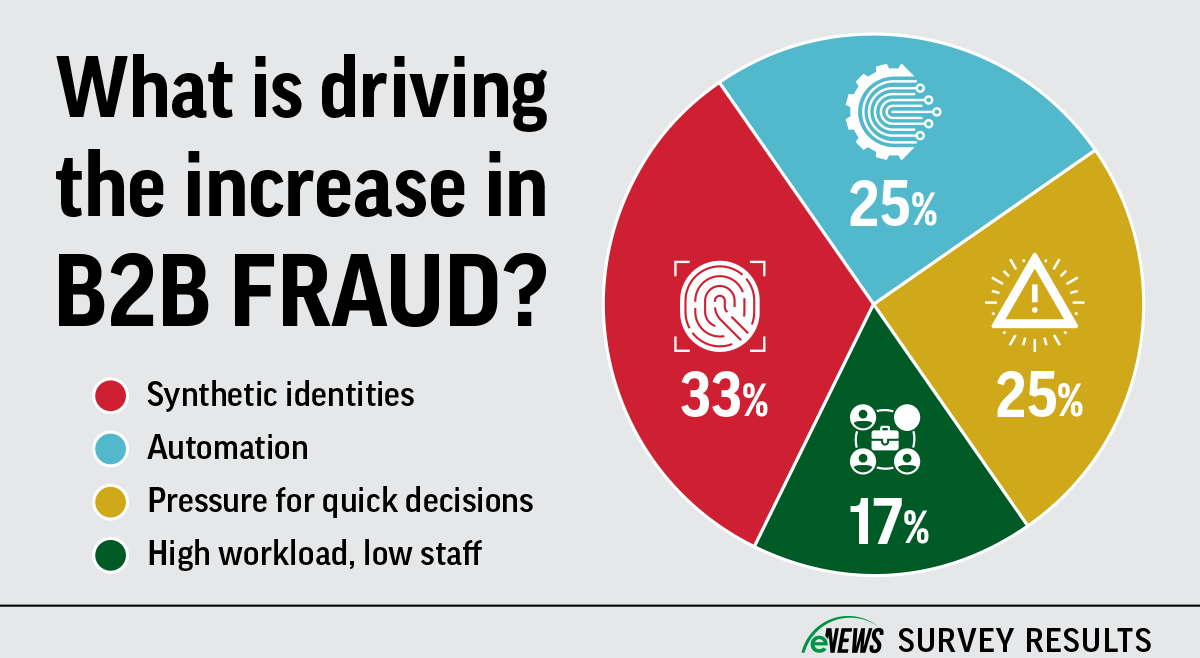eNews
Leveraging your relationship with sales to address credit department needs

No other department’s work impacts the day-to-day of the credit team quite like the sales department. As the credit team works to mitigate risk by carefully considering the possible ramifications of each transaction, they rely on the sales team to bring in customers. The work of each department is inextricably tied to the other, so it is only natural that sales would be credit’s closest ally when advocating for system upgrades.
Why it matters: The credit and sales departments both spend their days closely monitoring customers and transactions, albeit from different perspectives, making it easy for each department to recognize the needs of the other. With the sales department often in a better position to advocate for new technology, buy-in from them on much-needed upgrades to the credit department can be immensely beneficial.
As a profit center for the company, the sales team has a large influence on innovation and automation. “You’ve got to remember that credit is a cost center,” said Kevin Stinner, CCE, CCRA, credit manager at J.R. Simplot Company (Loveland, CO). “The sales department carries a little bit of a bigger stick when it comes to advocating for the expenditure of money because they’re the ones who will ultimately have to sell more or have higher margins in order to justify the expense.”
Regardless of how strong your relationship with sales is, to persuade them to advocate for you, you will ultimately need to find cross-department benefits to any piece of technology you hope to implement.
“Showing the sales team how the new software will make collections more efficient and make the credit team less dependent on sales can be helpful,” Stinner said. “It helps to explain how the automation will give your credit team more time to focus on credit reviews, reducing the turnaround on credit applications.”
Presenting the upgrade you’ve had your eye on as more than just an aid to the credit department, but also a tool for the whole company can help you gain approval from your leadership. To find inter-departmental benefits, it helps to have a thorough understanding of the software and the unique needs of each department.
Once you have a sense of what software can best address your needs, make sure that you present the upgrade to other departments in a way that highlights the ways they would benefit. For Rick Wooten, CCE, director of accounts receivable for BG Multifamily (Plano, TX), pitching a collections software to his sales team meant stressing the software’s benefits outside of the credit department.
“I did not present this to the sales team or other departments as a collections tool,” Wooten said. “Instead, I introduced it as a customer management tool that can benefit other departments. For sales, I stressed how the software would help them more easily access customer information because our old system was not as transparent, causing them to have to go through the credit team, which took longer.”
When presenting a new system, it also helps to stress how the upgrade would help drive profit. Finding the return on investment (ROI) and stressing how increased efficiencies will translate to more profit for the company may seem difficult, but it’s often an important part of any upgrade that addresses both credit and sales’ needs.
For Michelle Kelly, CCE, CCRA, CICP, senior credit manager at Mansfield Oil Company of Gainesville, Inc. (Gainesville, GA), cross-department benefits were a major driver to a much-needed upgrade. When pitching an online credit application system that would revamp the former paper-only process, Kelly found that while the benefits to the credit department were obvious, it took more time for sales to realize exactly how much the upgrade would benefit them.
“With the new system, they learned they could see how many credit application links had been sent out, how many customers had completed an application, and how many were approved, declined or pending,” Kelly said. “They were then able to easily count and compare this data to their prospect charts.”
The bottom line: The best way to see that credit department needs are met with any upgrade is by widening your parameters and looking for interdepartmental benefits. An upgrade that creates efficiencies in the day-to-day work of multiple departments is naturally an easy sell. It is just a matter of finding those efficiencies and presenting them to department leaders across your company.





